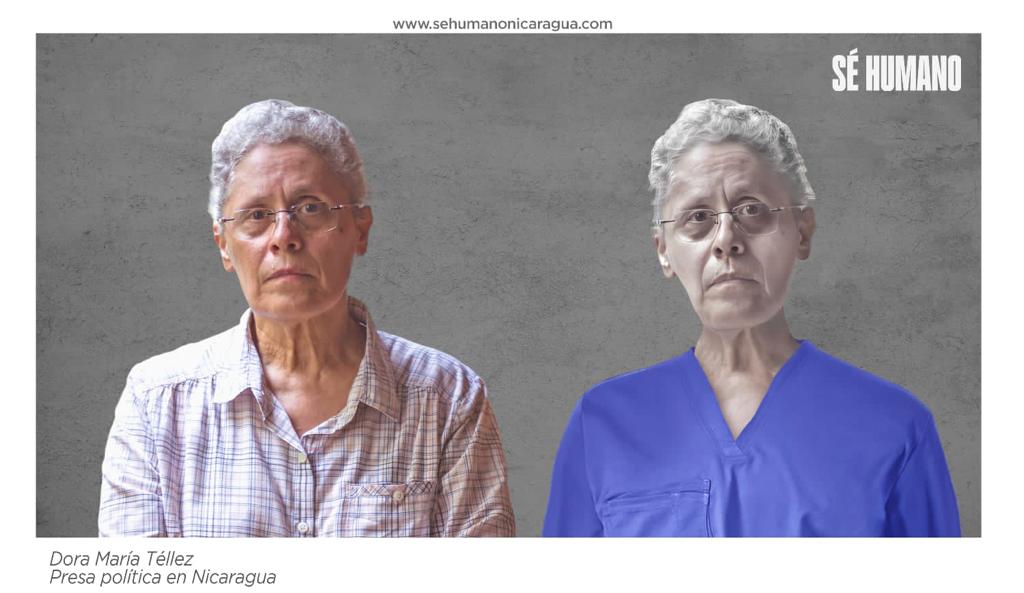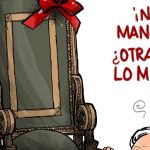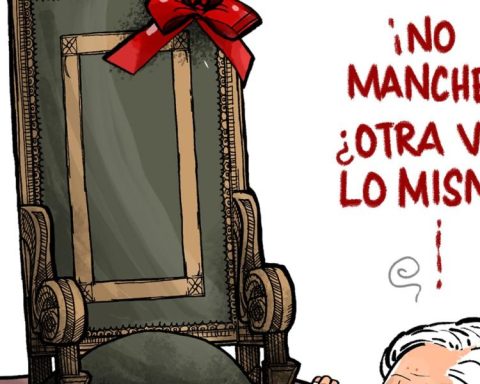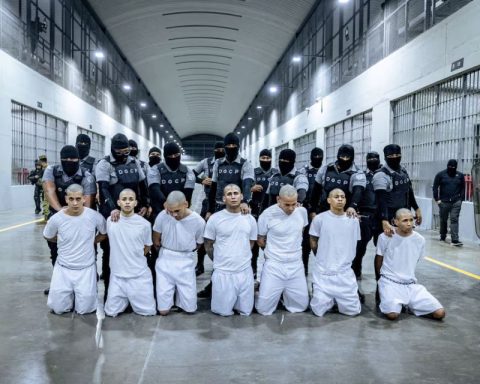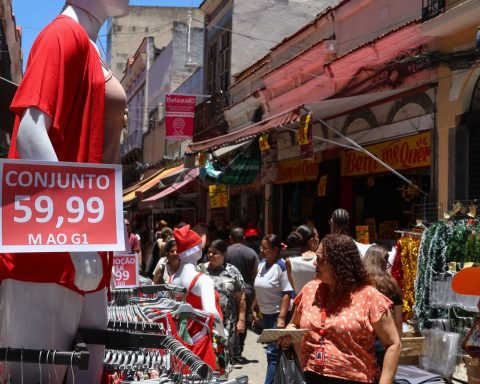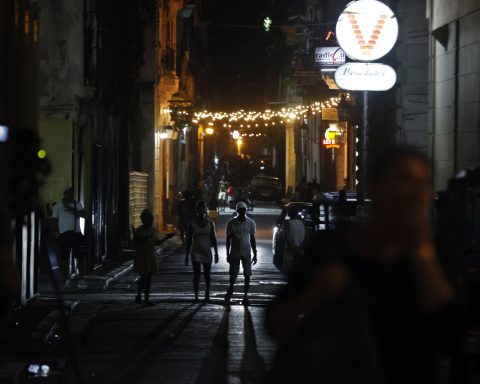Dora María Téllez celebrates 401 days of isolation in El Chipote prison on July 19, when 43 years are commemorated since the overthrow of the Somocista dictatorship that she fought when she was just a young medical student. Today, relatives of the former guerrilla publish a spoken portrait of the political prisoner, in which the physical deterioration that she suffers since her imprisonment on June 13, 2021 is perceived.
Since then, Téllez has only been seen during eight visits that have been allowed, so her spoken portrait – produced by the Be Human campaign – is an approximation of her current state, after losing a lot of weight and not receiving sunlight. .
“LShe looks very thin, aged, completely pale, her skin is almost translucent, you can see even his veins. She has lost about 16 pounds of weight and before being arrested she did not suffer from any chronic disease. HToday his life is in danger,” the campaign warns.
They point out that “andhe notable deterioration in his physical condition and health is a consequence of the inhuman and cruel treatment to which is being subdued.”
“In the cell where she is confined, she remains in darkness, with difficulty she reaches see the palm of her hands. It does not have access to sunlight, ”they indicate in a statement.
Sentenced to eight years in prison for the alleged crime of “conspiracy to undermine national integrity”, under the discretionary “Sovereignty Law”, one of the four repressive laws approved by the Daniel Ortega dictatorship at the end of 2020, the last time her relatives visited her was a few days before she completed her first year locked up.
“She is a strong woman, physically and mentally. She’s good mentally, she’s solid mentally, and solid in her position as well. Physically she is fine. She does not have chronic diseases, so she is fine, ”described her brother Óscar Téllez, in an interview on the program This week, after the last visit last June.
However, he reported that he was “gradually recovering from the burn caused by an ointment prescribed for alleged vitiligo caused by lack of sun.”
“She is emotionally strong. She finds intellectual alternatives to cope with that feeling of loneliness, and of isolation, because in that gallery, she is the only one who is isolated”, she detailed.
Call for an end to isolation
His brother affirmed that, beyond the isolation he is going through, Téllez “is coherent, he is lucid, he remembers everything, his sense of humor is practically intact.”
“Of course loneliness bothers him, isolation bothers him, darkness bothers him. She specifically told me that she believes she hasn’t lost dark vision, but there’s no way that doesn’t affect her,” she recounted.
Téllez, 66, has asked during interrogations that this condition cease, that he has the right to regular visits, like any other convicted prisoner in Nicaragua. But his requests have been ignored and on the contrary she remains isolated and has barely sunbathed throughout her confinement.
He was awarded honoris causa from the Sorbonne
In each visit, she reviews “solidarity, the friends who call, the friends who ask about her; of the people who pray, of the people who, although they do not pray, dedicate their thoughts to it, dedicate their energies to it”.
Thus, was that learned “with pleasure” that the University of the New Sorbonne, in Paris, awarded him a doctorate honorary cause. “With this title, the New Sorbonne wants to pay tribute to his exceptional political and scientific career, and his contribution to international social commitment,” says the letter signed by the president of that alma mater, Jamil Jean-Marc Dakhlia.
The Parisian university hopes to “recognize his lifelong commitment to social justice and democracy, both in his country and throughout the Latin American region,” the statement said.
a long history
Téllez was born in Matagalpa on November 21, 1955. He abandoned his medical studies to get involved in the guerrilla struggle against the Somoza dynasty. She was the only woman who was part of the command that assaulted the National Palace, seat of the Somocista Parliament.
Named as “Commander Two”, the then 23-year-old was described by the Nobel Prize for Literature, Gabriel García Márquez in his chronicle Assault on the Palace as “a very beautiful girl, shy and absorbed, with an intelligence and good judgment that would have served her for anything great in life.”
In the 1980s she was Minister of Health and deputy. She founded the Sandinista Renovation Movement (MRS), now Unamos, in 1995. She is a sociologist and historian, she has been one of the most critical voices of the Ortega-Murillo regime.
in June 2008 went on a hunger strike for almost two weeks after the cancellation of the legal personality of the MRS.
His last interview: “Ortega dictator”
Moments before her arrest, the historian and former guerrilla spoke with the Mexican media the day to ask the Government of Andrés Manuel López Obrador for its support “in favor of the Nicaraguan people.”
His house was surrounded by police and when asked how he would describe Ortega, he simply replied: “Dictator.”
No more? – The journalist questioned him. And she replied: “Well, with all that that implies. Unscrupulous characters who can go to any extreme. From repressing or murdering thousands of people. It is the characteristic of every dictatorship and that of Daniel Ortega has it without a doubt”.
Shortly after, that Sunday, June 13, 2021, she was arrested. The policemen took her hair, hit her in the abdomen, handcuffed her and put her in a vehicle, according to her relatives. More than 60 officers in four patrol cars invaded her home. Now she is still locked up by a dictatorship led by whoever was one of her companions in the fight against another tyranny.
